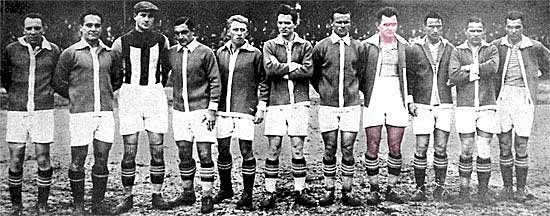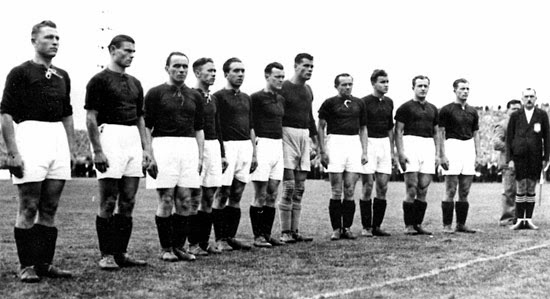The family moved to Bangor in north Wales and Smart, along with his brother* played for Bangor City. Smart played at left back.
In 1892 Smart joined Bootle ( then in Division 2). The following season he joined Everton, for whom he made 56 first team appearances up until his move to New Brighton Tower in 1898. In 3 seasons at Tower Arridge made 88 appearances and scored his only 2 League goals. In 1901 he moved on to Stockport County (67 appearances). in 1903 he returned to Bangor City (he was employed as a ticket collector on the pier).
Under the international qualification rules of the time Smart was only eligible to play for England (the Goodall brothers provide a good illustration of these rules in action). However, between 1892 and 1899 he played 8 internationals for Wales (w 1 d 2 l 5 ) , captaining the side on one occasion (a 4-0 defeat to England in 1899) .
* The Bangor City website confuses the 2 brothers, claiming 'Smart' as a nickname for W.G. Arridge. I have viewed Smart Arridge's baptismal record- Smart was his given name ( he also named his own son Smart). Census records show his brother, William, to be 4 years his senior.





































.jpg)


















%2BFotos%2Bpublicadas%2Bel%2B11%2Bde%2BAgosto%2Bde%2B1929.jpeg)

.jpg)

